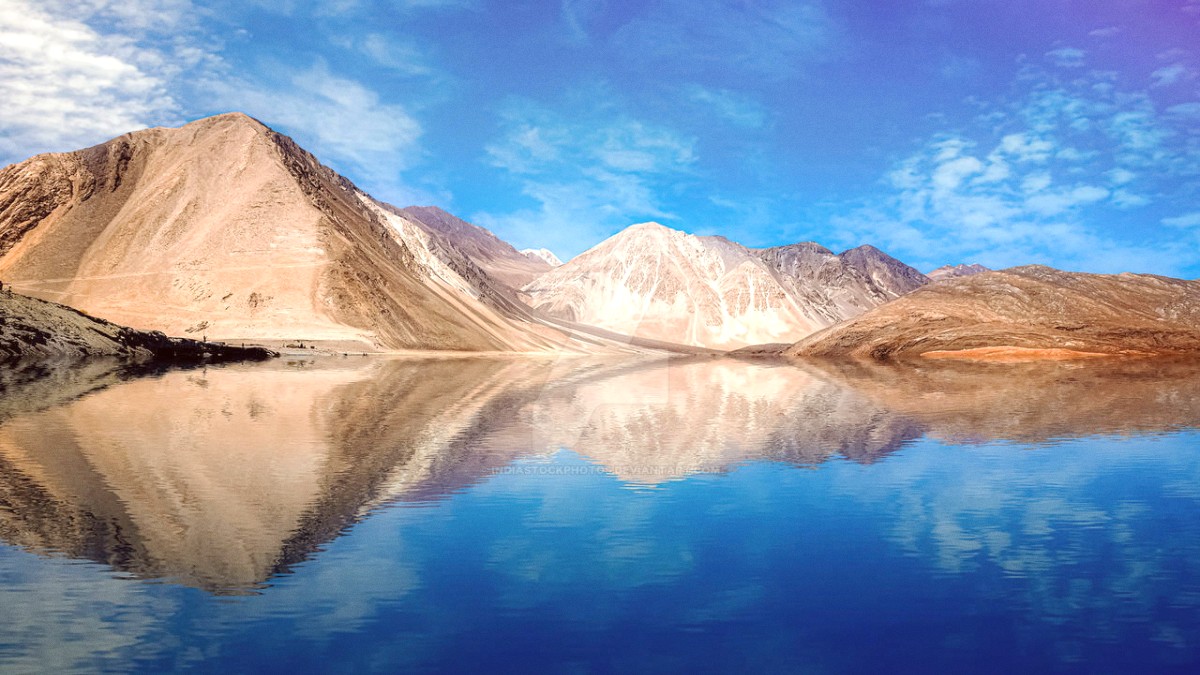
Jammu And Kashmir, India
This is not practical for Ladakh due to the critical acclimatization requirement. A minimum of 3 days in Leh is recommended for your body to adjust to high altitude before any significant activity or travel.
Attempting a 24-hour layover may lead to severe Acute Mountain Sickness (AMS).
Focus: Acclimatization and exploring Leh town. This duration is extremely short for Ladakh and suits a brief introduction.
Arrive at Leh (IXL) airport. Transfer to your hotel/guesthouse. Rest completely. Do not exert yourself. Drink plenty of water. Stay hydrated. Do not visit any high passes or go sightseeing.
Morning: Light walking around Leh Main Bazaar, explore the old town. Afternoon: Visit Leh Palace (short walk up). Evening: Gentle walk or taxi ride to Shanti Stupa for sunset views. Maintain a slow pace.
Depart from Leh.
Day 1: Arrival and Acclimatization (as above). Day 2: Leh Local Sightseeing. Day 3: Leh Monastery Circuit (East). Day 4: Leh to Nubra Valley via Khardung La. Day 5: Nubra Valley to Pangong Tso via Shyok route. Day 6: Pangong Tso to Leh via Chang La. Day 7: Departure.
For stays over 2 weeks, consider further exploration of the remote Zanskar Valley (requiring 3-5 extra days, now accessible by road to Padum). Plan more in-depth treks or cultural immersions.
A rugged, remote region, accessible by road to Padum (3-5+ days extra).
Volunteering opportunities with local NGOs or monasteries are possible for longer stays.
Tailor your itinerary to focus on specific interests, creating a more specialized experience.
Concentrate on Leh Old Town, Leh Palace, Stok Palace, Basgo Palace ruins, Alchi Monastery (for its ancient murals), and Lamayuru Monastery. Include visits to other historically significant monasteries like Hemis and Thiksey.
Prioritize trekking (Markha Valley Trek is popular). Include river rafting on the Indus or Zanskar River. Plan a motorcycle trip over Khardung La and to Nubra/Pangong. Consider mountain biking around Leh. Allocate sufficient rest for recovery.
Maintain a slower pace for acclimatization, especially with children. Focus on comfortable stays. Include attractions like Leh Palace, Shanti Stupa, Magnetic Hill, and the camel ride in Hunder (Nubra Valley). Enjoy leisurely time by Pangong Lake. Keep daily driving distances manageable.
Visit Alchi Monastery for its unique Kashmiri-influenced murals. Explore Basgo Palace for its ruins and frescoes. Dedicate time in Leh Palace and various monasteries (Thiksey, Hemis, Likir) for their distinct architecture and sacred art. Visit the LAMO Centre for modern Ladakhi art exhibitions.
Visit monasteries during their morning prayers for a profound experience. Engage in meditation sessions (Mahabodhi International Meditation Centre in Leh offers these). Explore traditional Amchi medicine. Spend quiet time by the serene high-altitude lakes like Tso Moriri. Embrace the peaceful atmosphere.
Dedicate time to take a Ladakhi cooking class in Leh. Explore the diverse eateries in Leh Main Bazaar, sampling momos, thukpa, and local preparations like Skyu and Chutagi. Seek out homestay experiences for authentic home-cooked meals. Visit local markets to understand ingredients.
Hostels/guesthouses, local dhabas, shared taxis, free attractions.
Comfortable guesthouses, mixed dining, private/shared taxis, popular tours.
High-end hotels, private cars, exclusive tours.
Align your visit with seasonal highlights for specific experiences.
This is the ideal time for comprehensive exploration, long road trips, and motorcycle tours as all roads and passes are open. It is also the best season for high-altitude treks and river rafting on the Indus or Zanskar.
Experience the unique frozen Zanskar River trek (Chadar Trek) or optimal snow leopard tracking tours in Hemis National Park. Winter festivals like Ladakhi New Year (Losar) or Dosmoche festival offer cultural insight. Very few tourists, creating a serene and starkly beautiful snowy landscape for photography.
Off-season visits bring a quieter, more authentic local life experience, but require preparation for limited services. Flights are the only way in/out during winter.
From Leh, several regional and major hubs are accessible for onward travel, offering diverse experiences and connections.
Combine Ladakh with other regions for a diverse northern India experience, ranging from serene valleys to rugged cold deserts.
Regardless of your itinerary, build in sufficient time for acclimatization in Leh. This is for your body's adjustment.
Proper acclimatization will make your body adjust to the altitude, allowing you to enjoy your chosen activities safely.